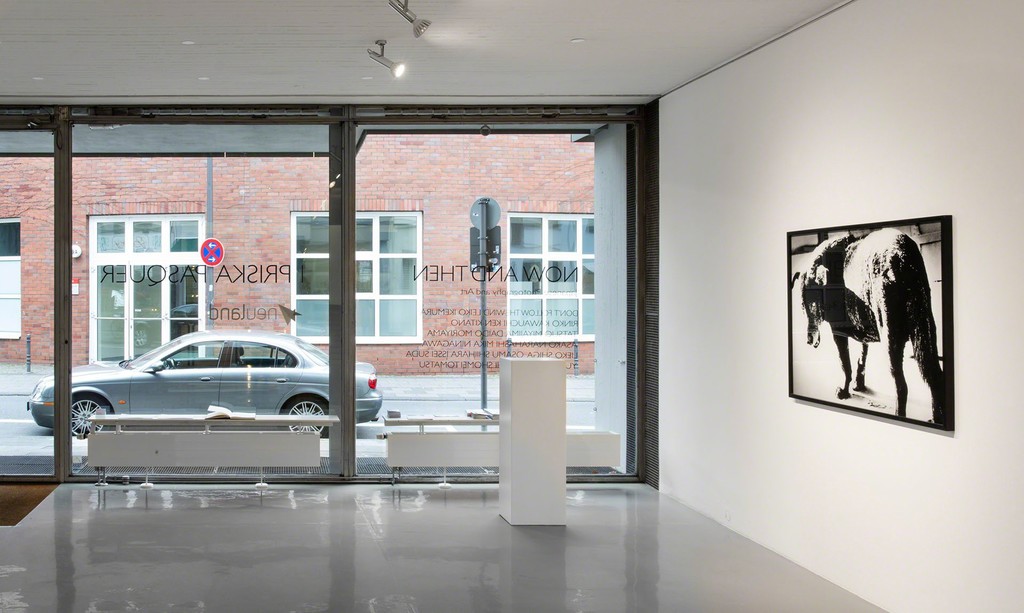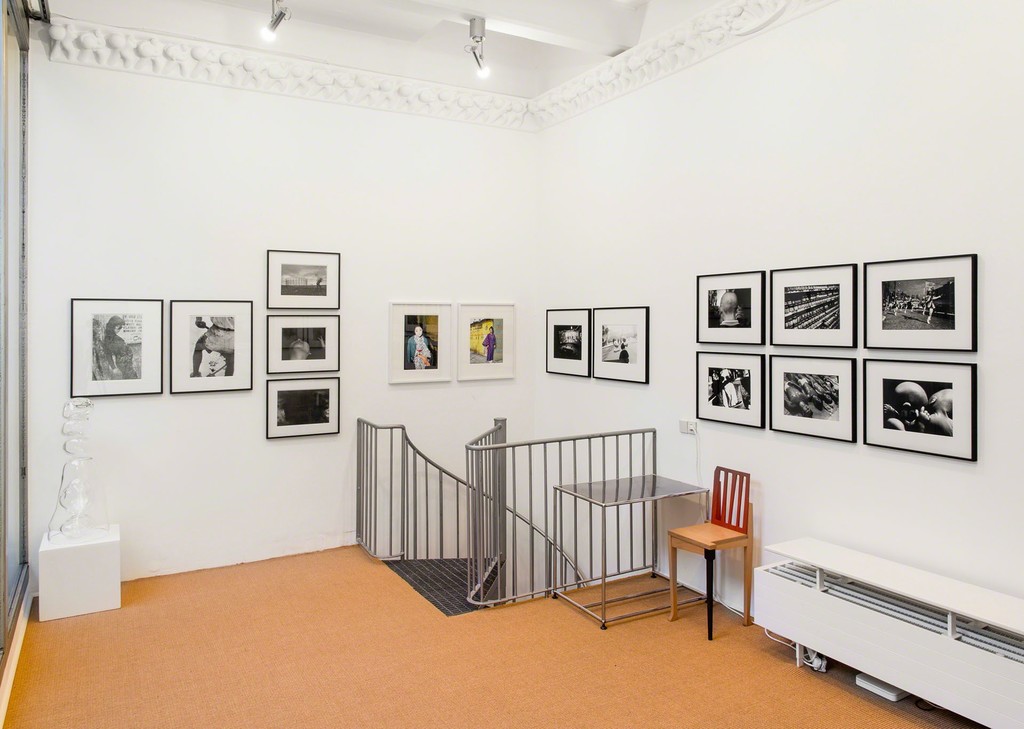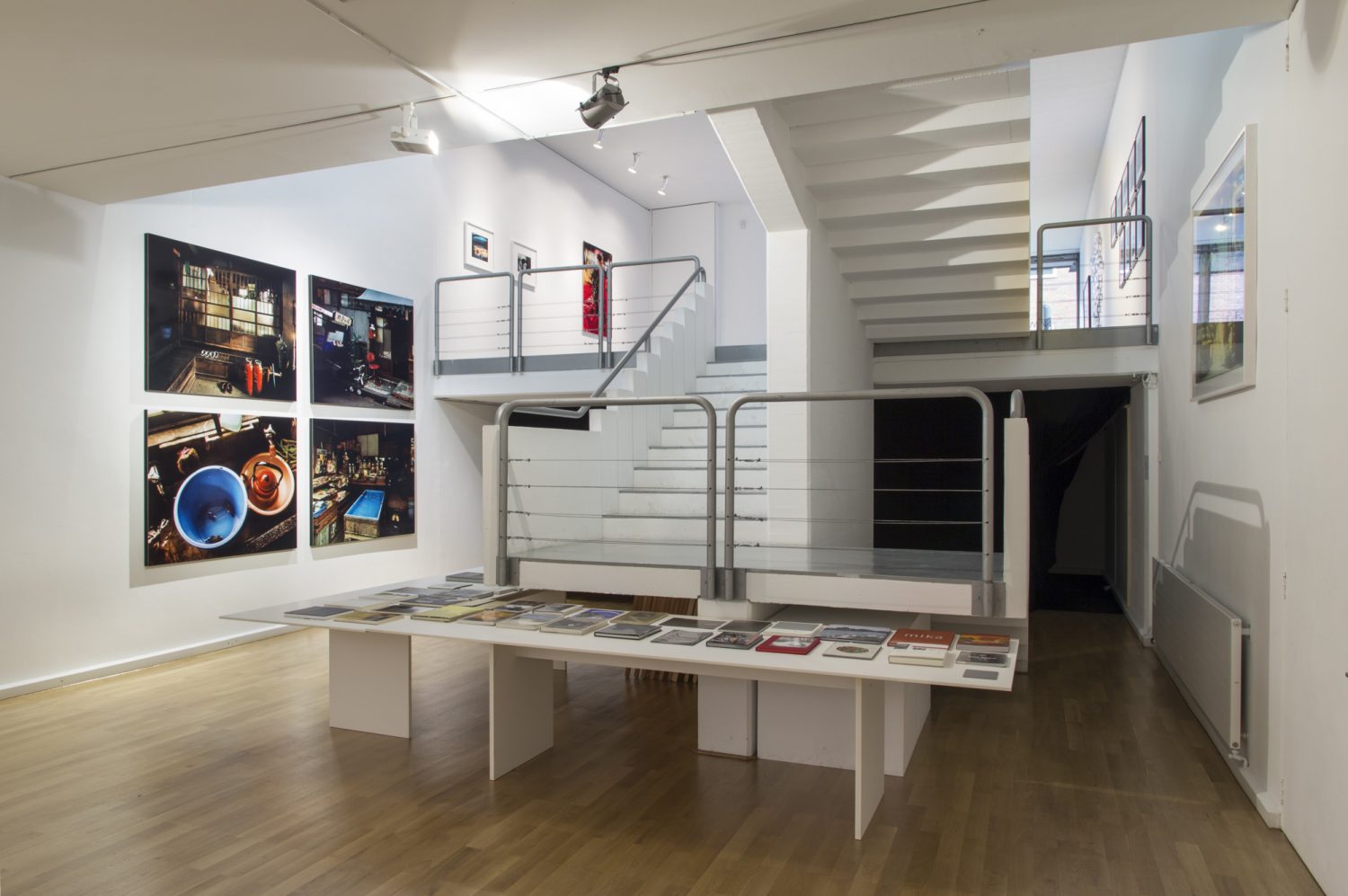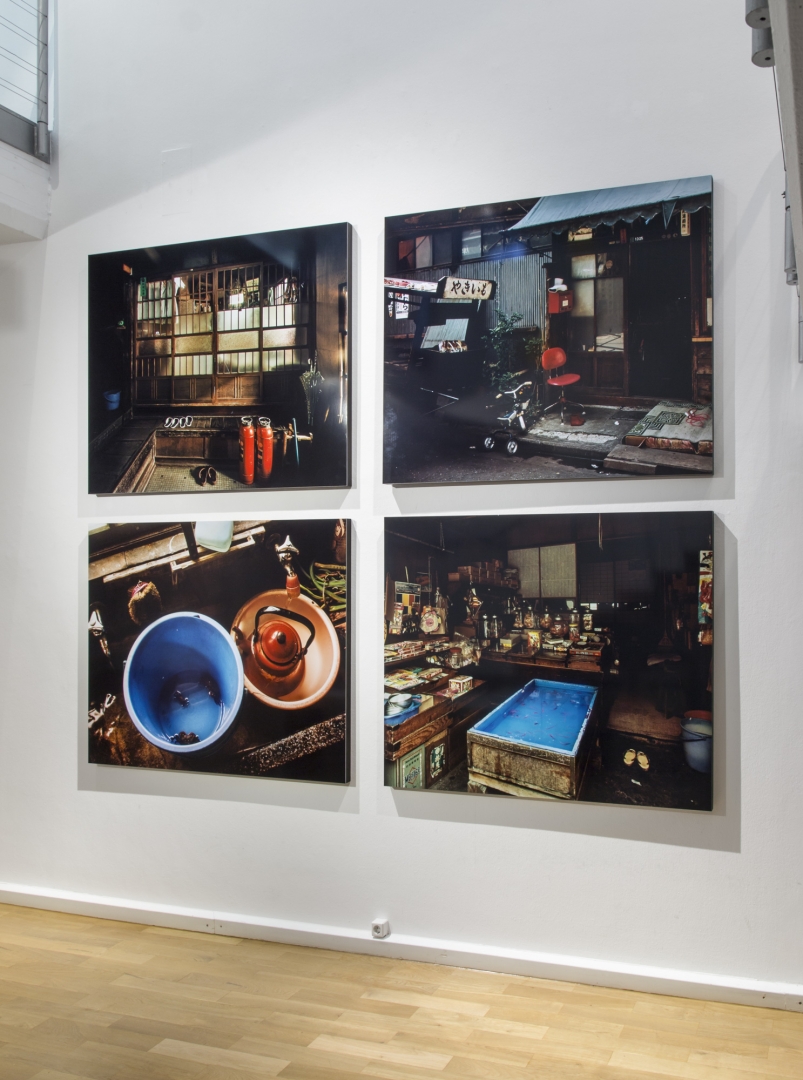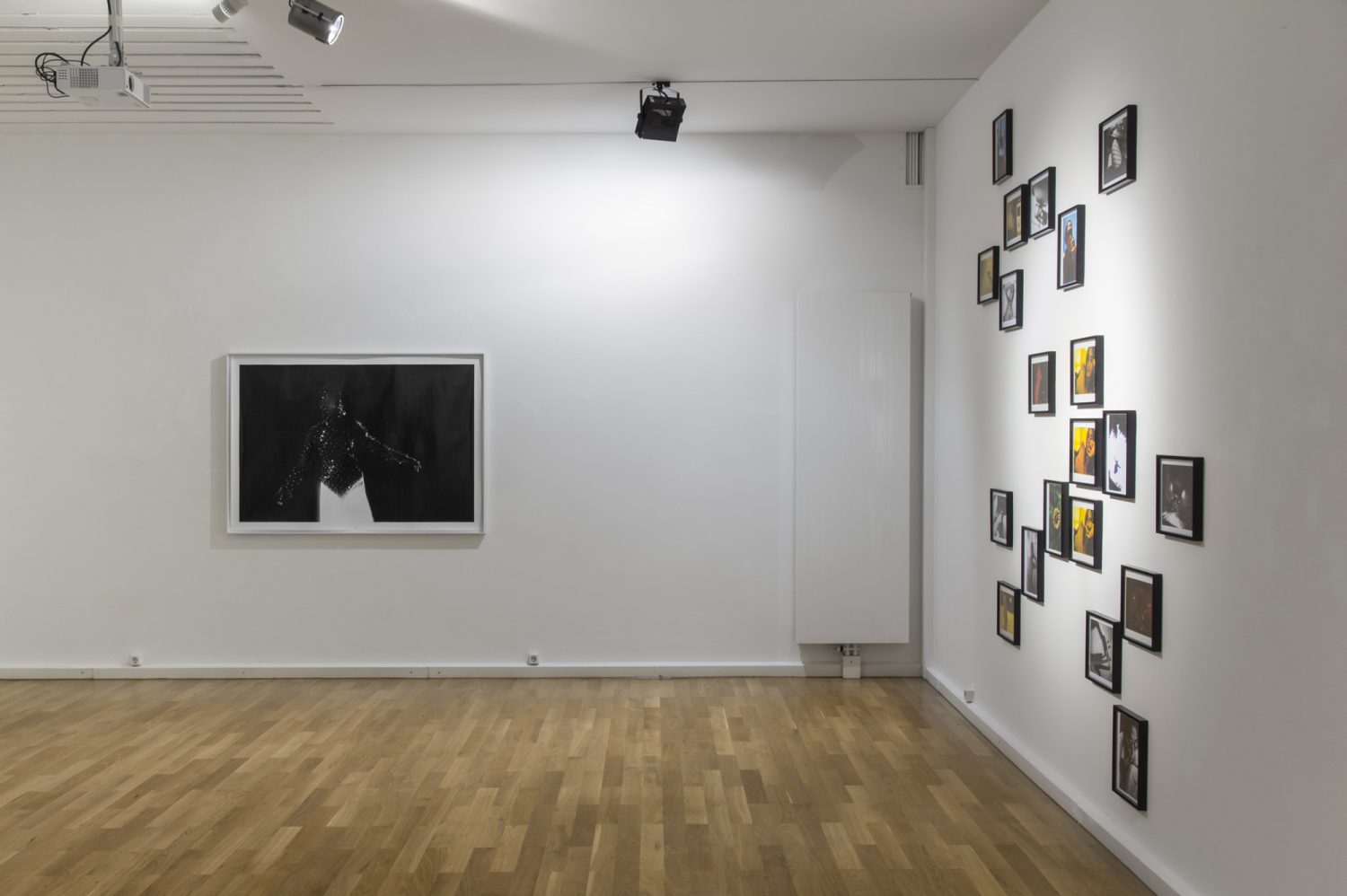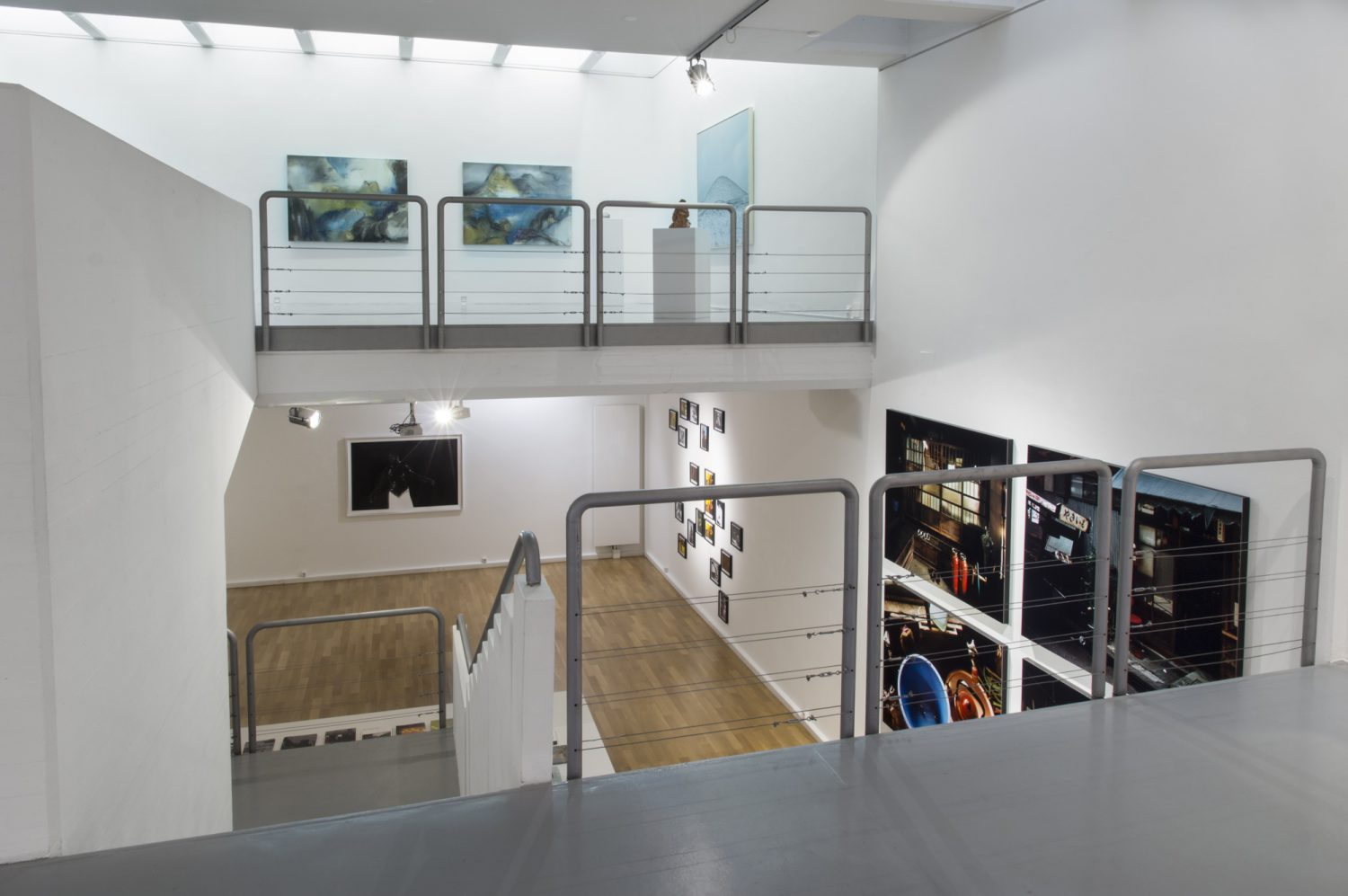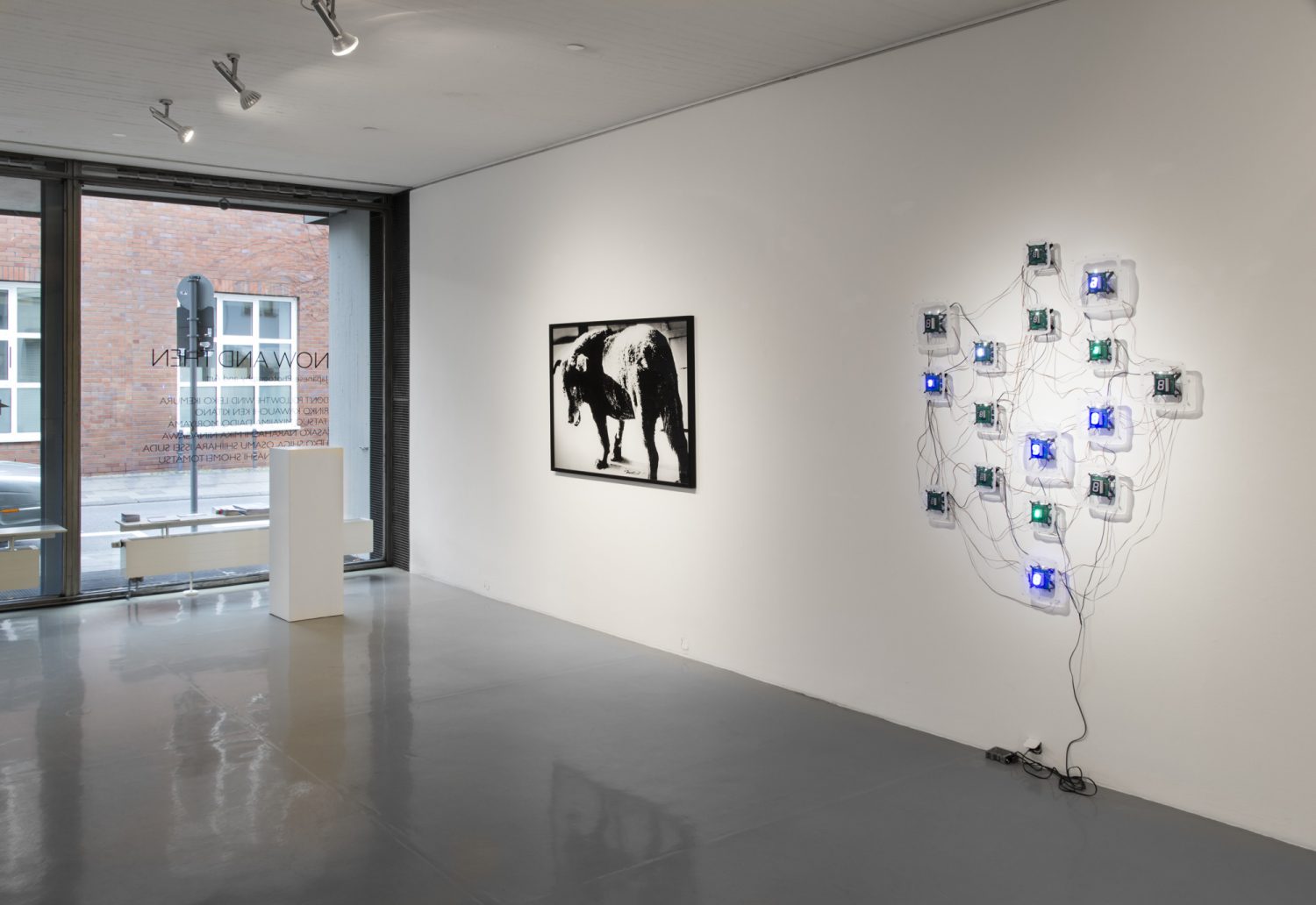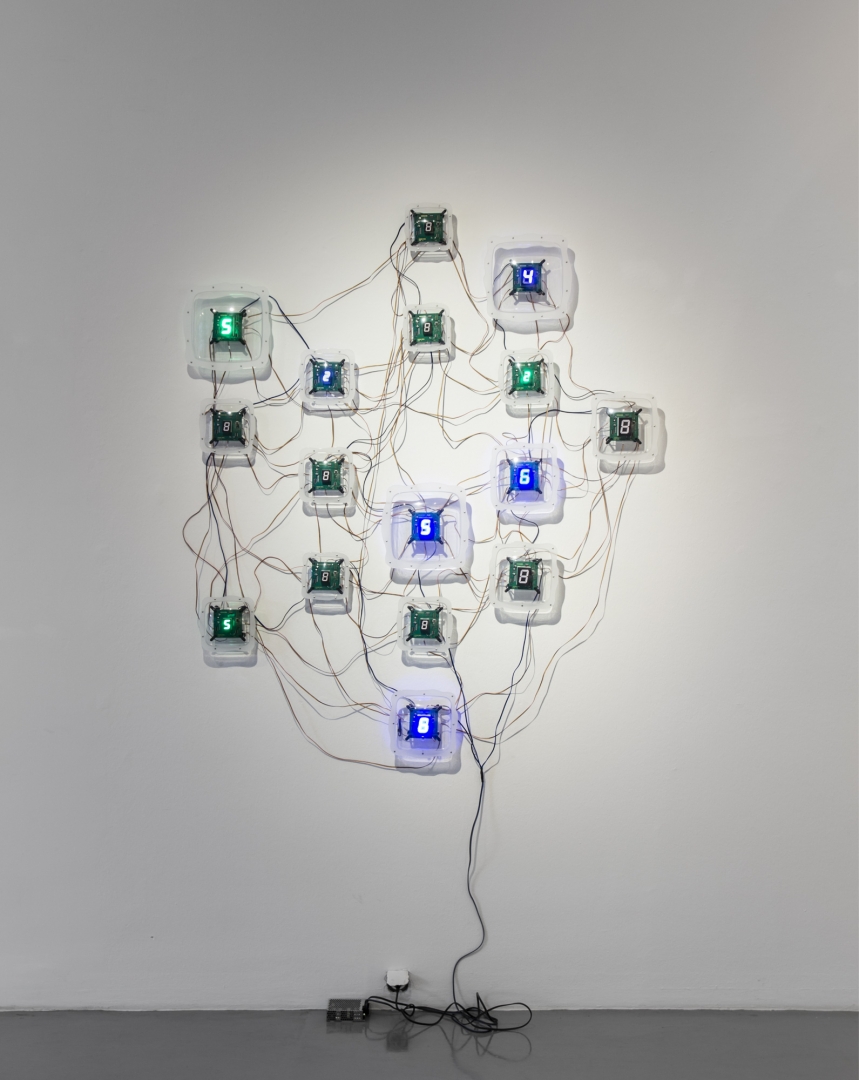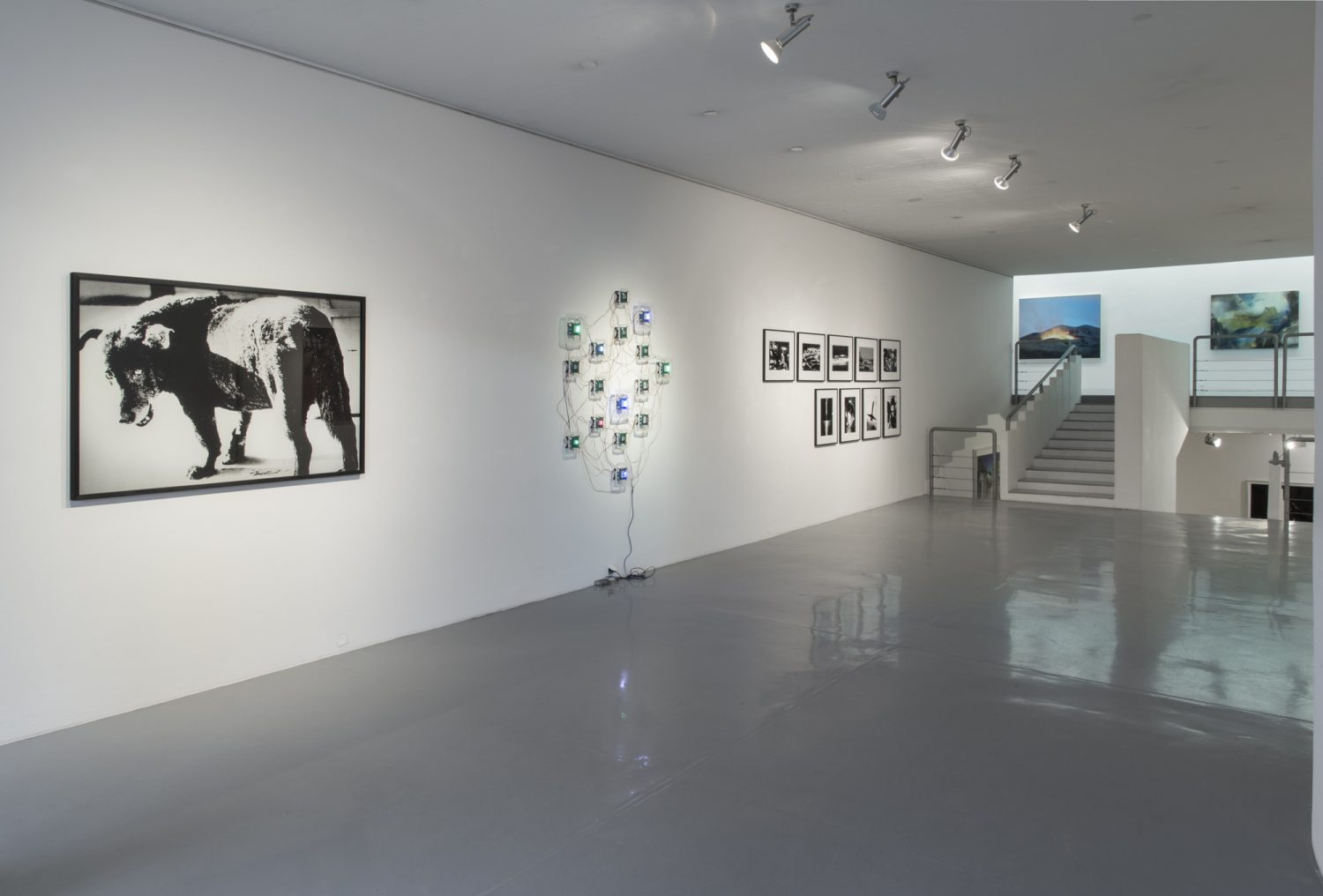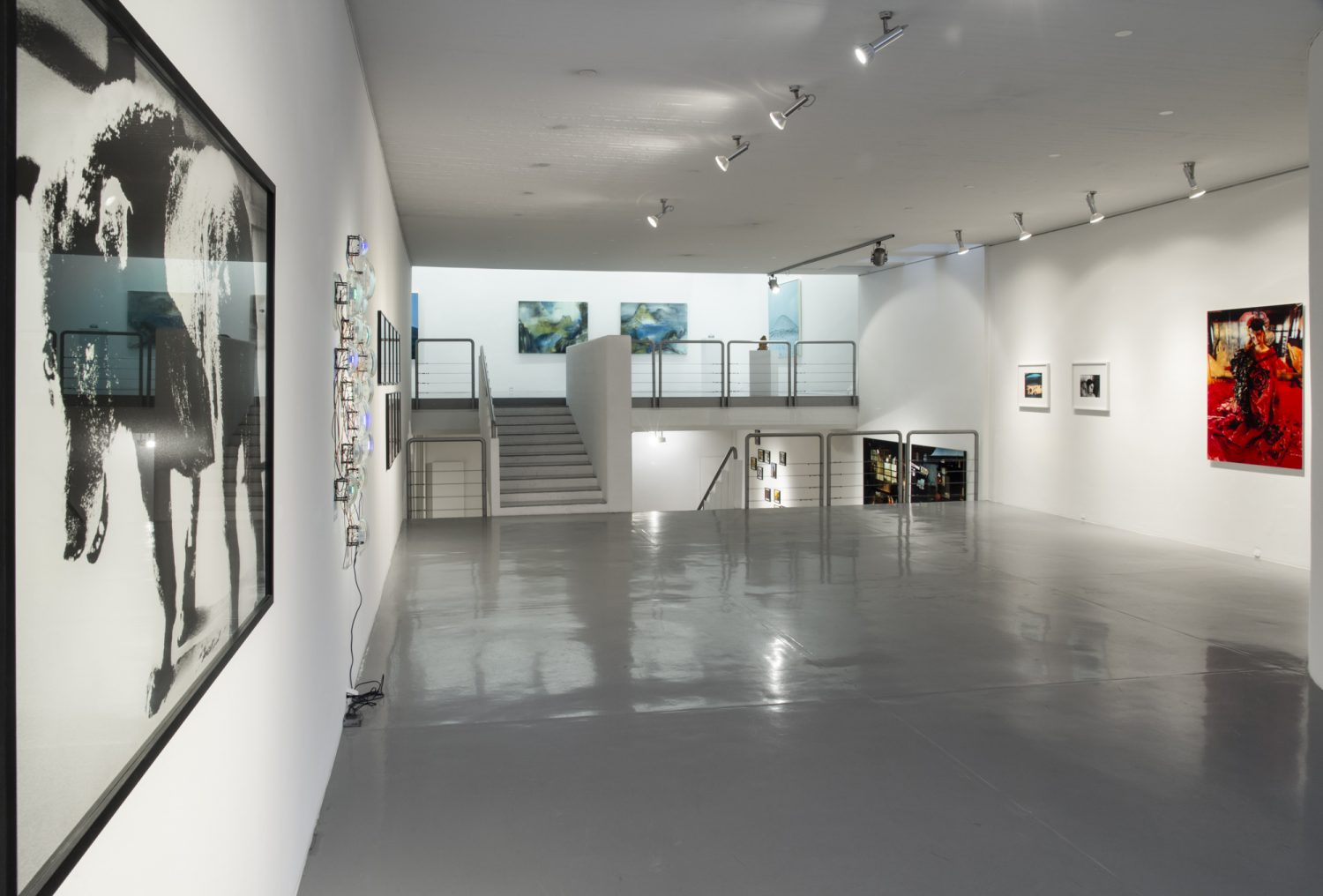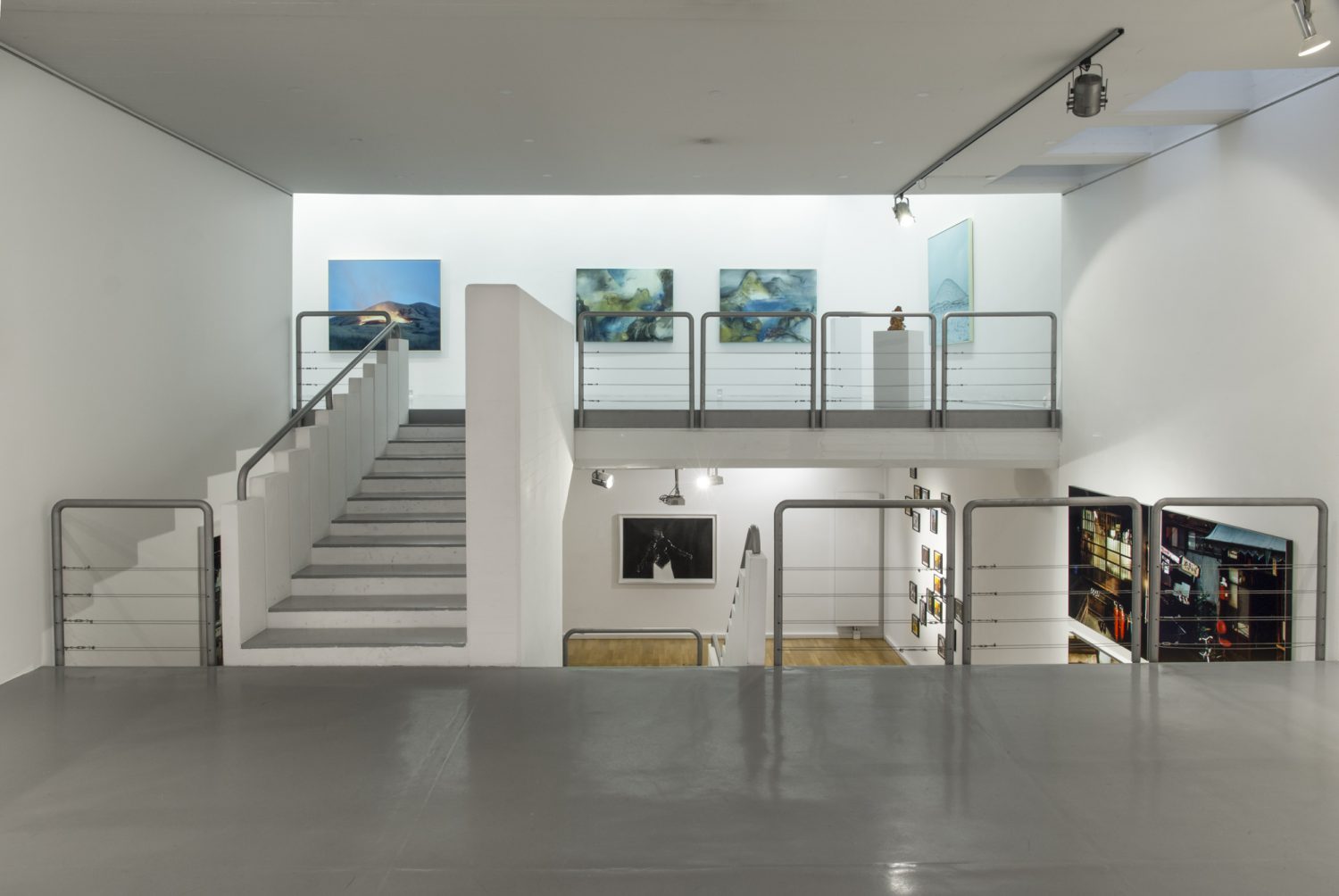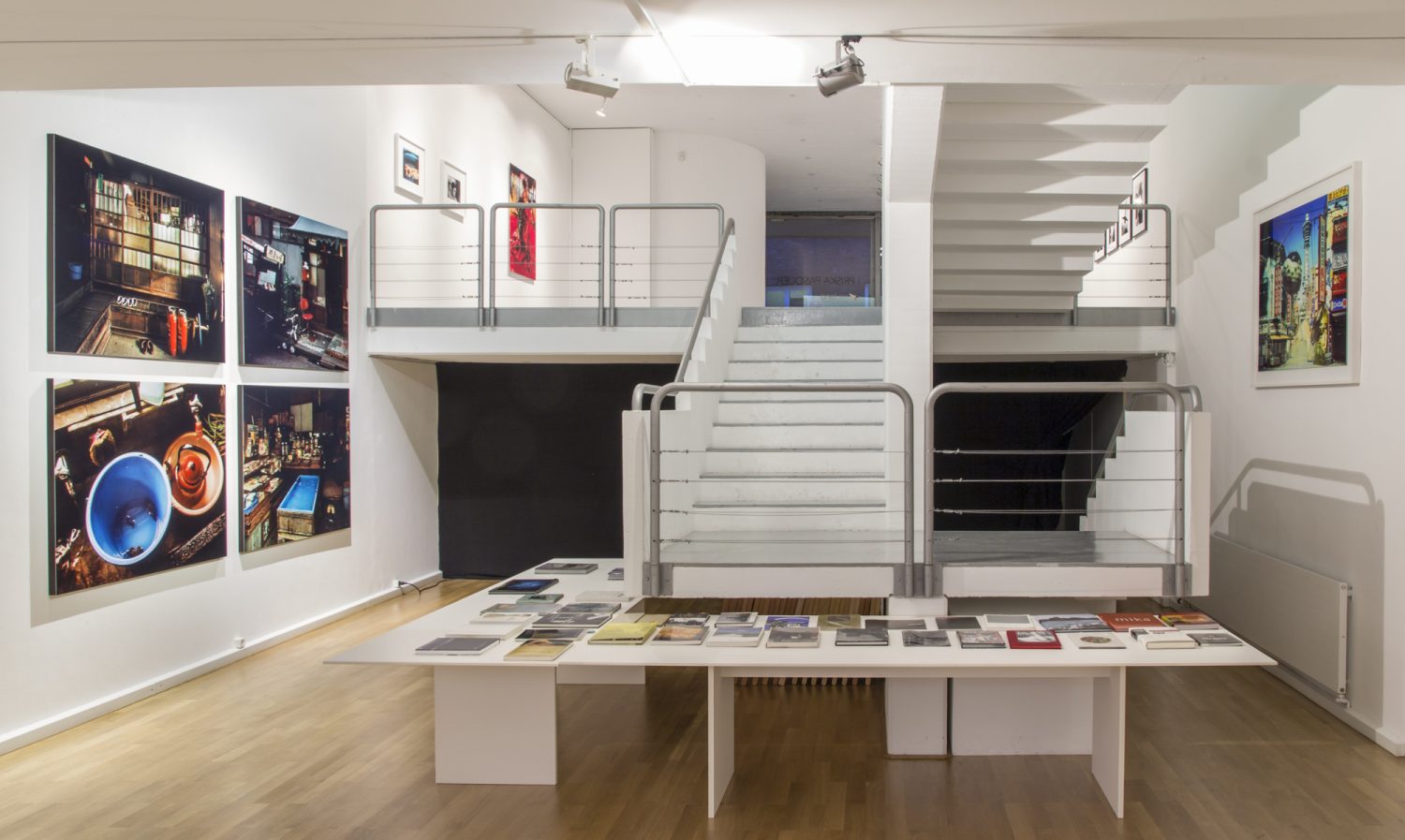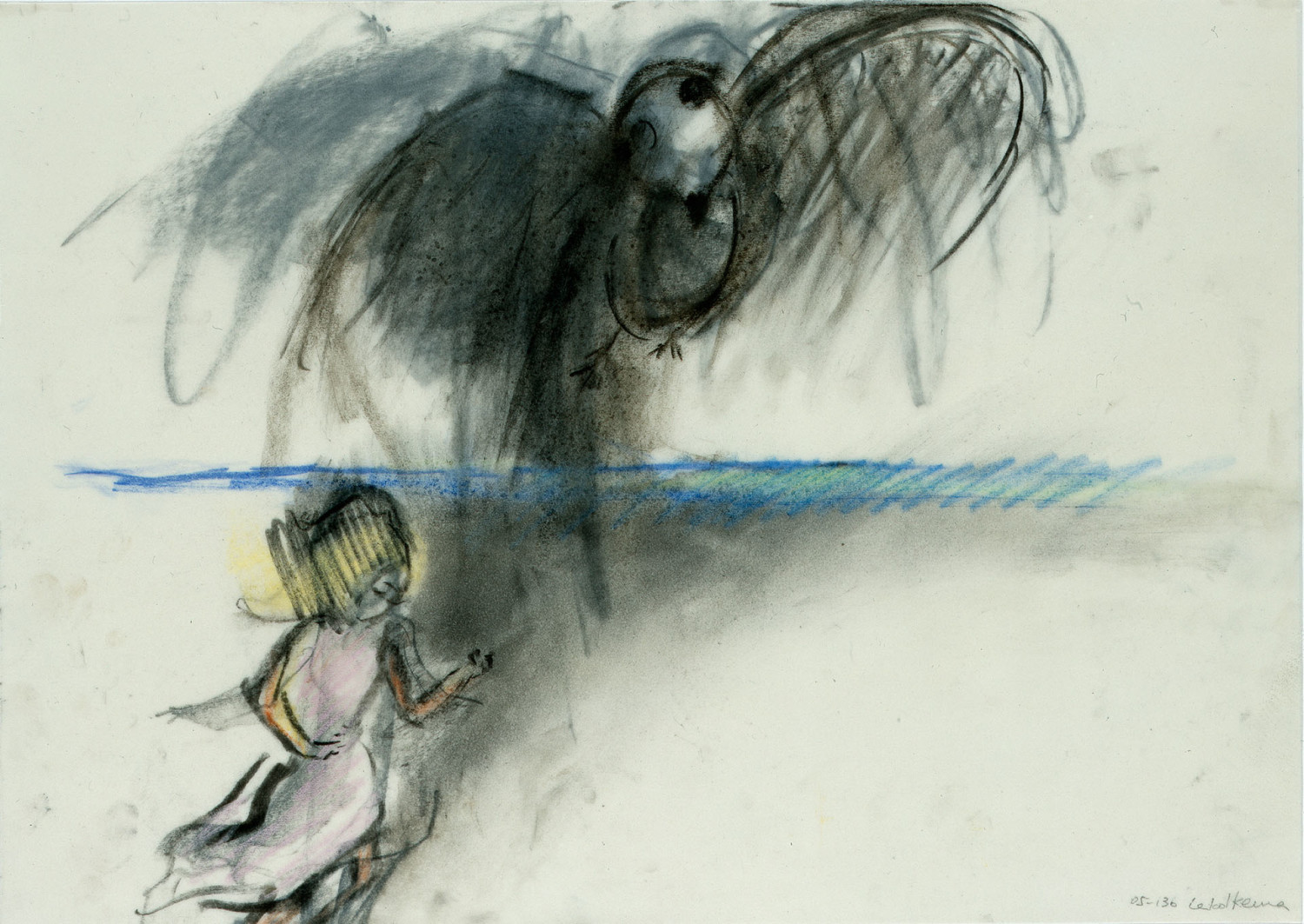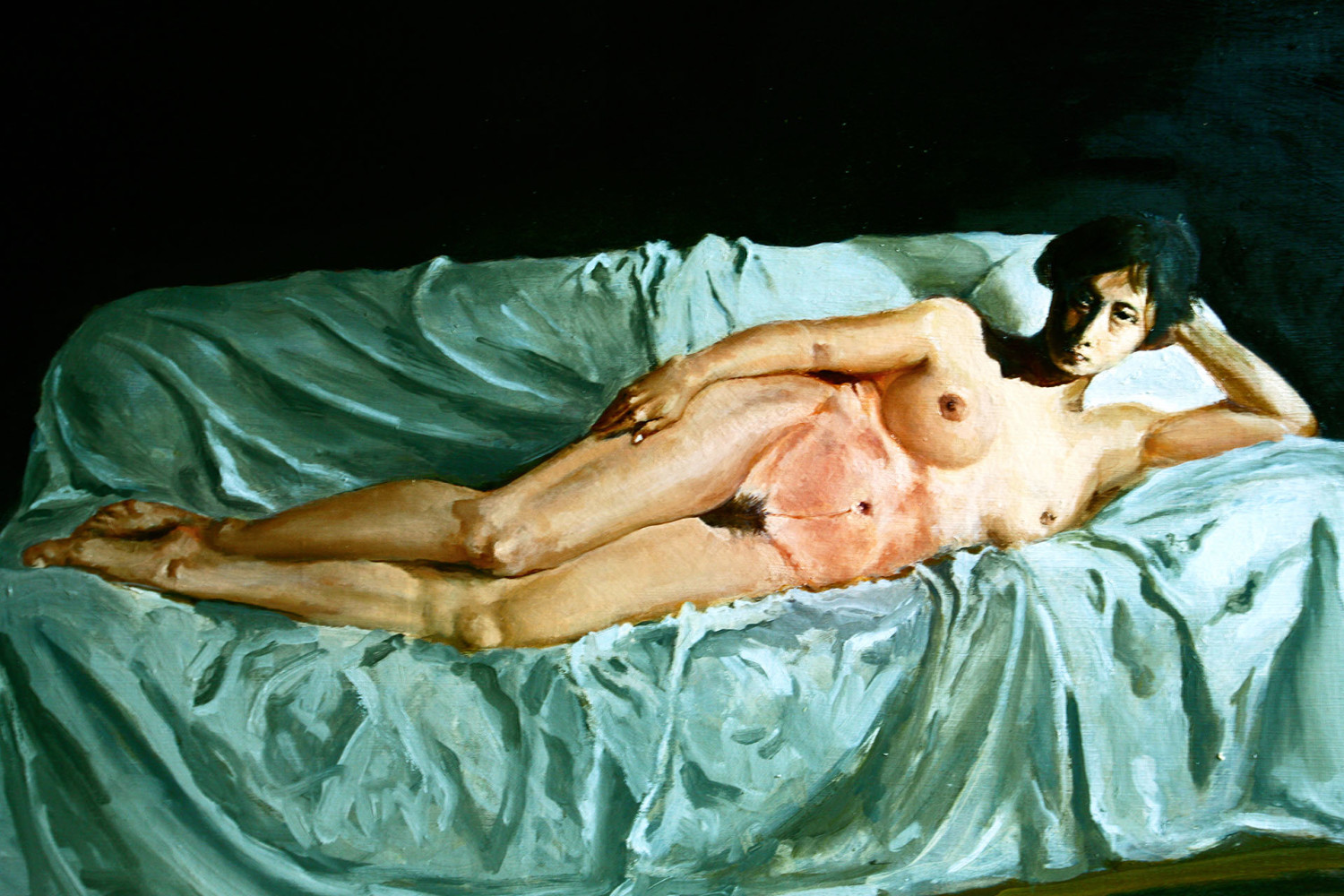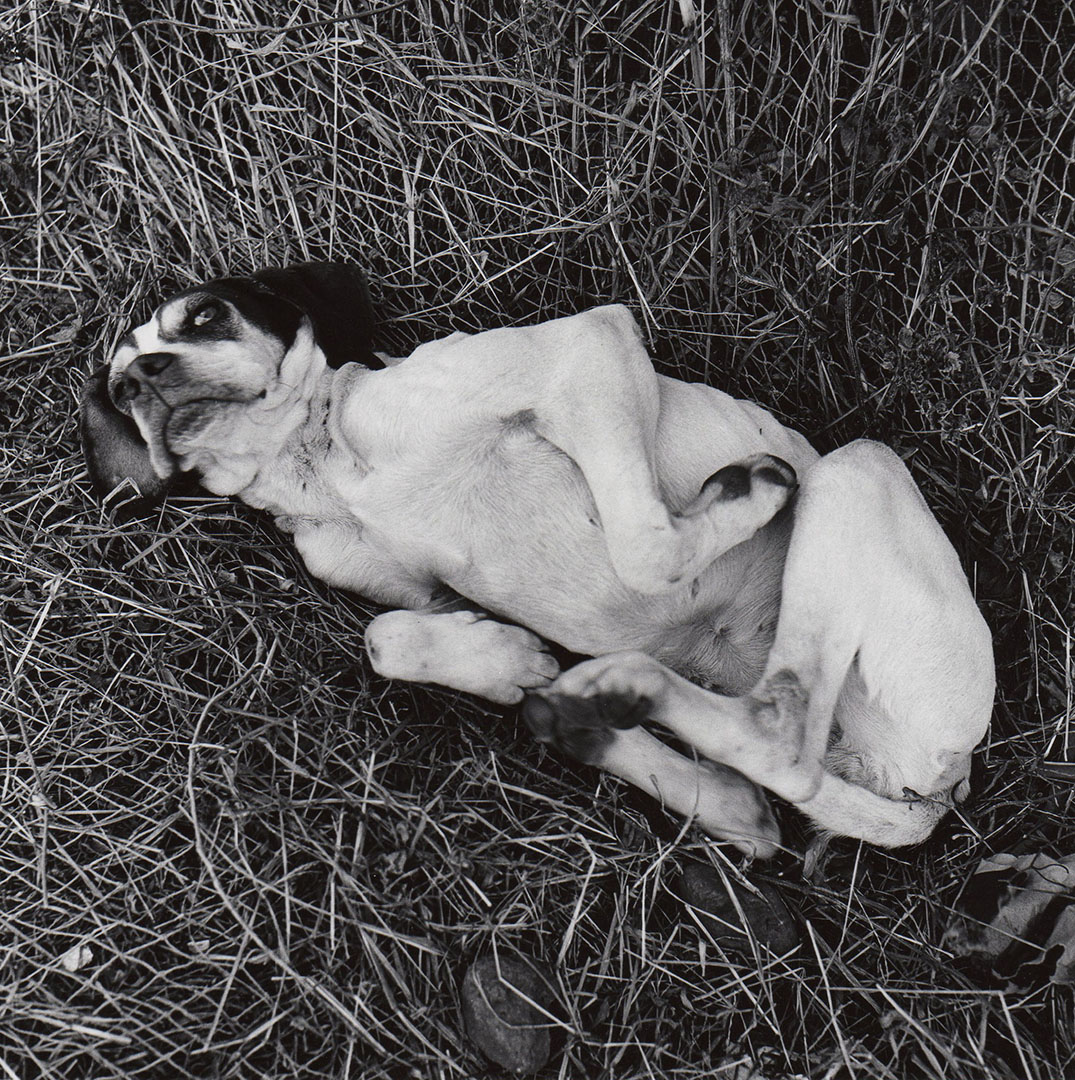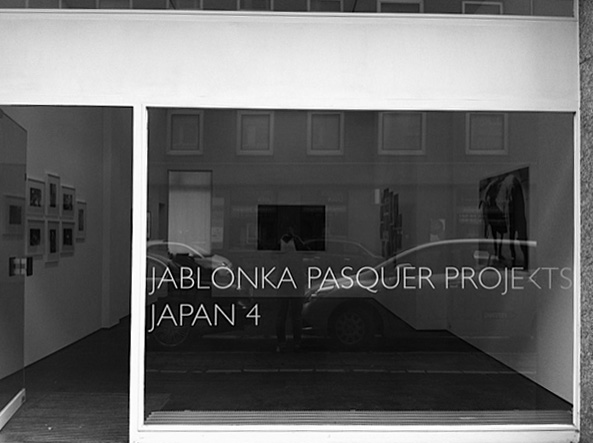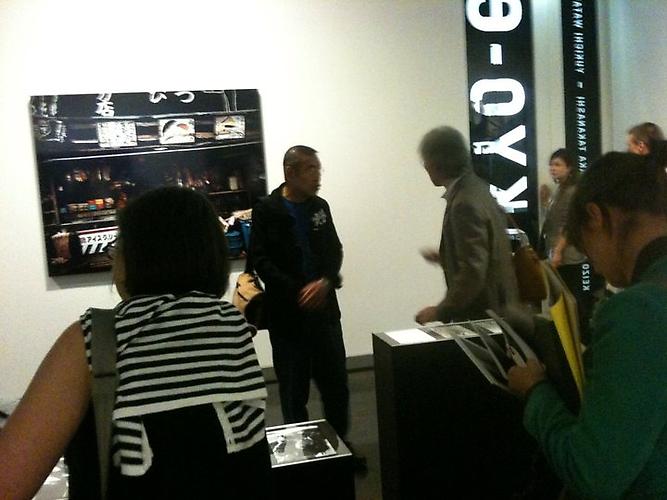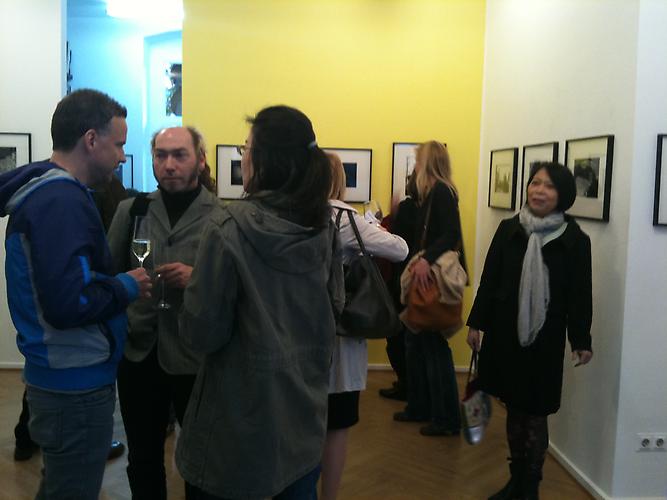Now and Then, Japanese Photography and Art
NOW AND THEN
Don’t Follow the Wind, Leiko Ikemura, Rinko Kawauchi, Ken Kitano, Tatsuo Miyajima, Daido Moriyama, Asako Narahashi, Mika Ninagawa, Lieko Shiga, Issei Suda, Yutaka Takanashi, Shomei Tomatsu and others
Dezember 5th, 2015 – January 23rd, 2016
“NOW AND THEN” is the second exhibition in the new rooms of | PRISKA PASQUER. It is devoted to Japanese photography and art.
The exhibition brings together a number of different eras and media. Classical positions of Japanese post-war photography rub shoulders with the studious shots of Rinko Kawauchi; the bright pop aesthetic of Mika Ninagawa collides with the raw imagery of “Provoke” protagonists Daido Moriyama and Yutaka Takanashi; Leiko Ikemura’s contemporary painting is juxtaposed with a digital LED installation by Tatsuo Miyajima. On a thematic level, “NOW AND THEN” casts an eye on Japanese society. Past, present and future, changes and threats, possibilities and defeats are viewed from a wide variety of perspectives. As different as the artistic positions are, they all share a peculiarly Japanese approach to dealing with reality: the artists do not attempt to pigeon-hole what they find, but rather approach reality with a high degree of openness. This approach gives rise to a unique aesthetic. An aesthetic that toys with the visible and invisible, always referencing more than can be seen in the picture.
At the same time, all artists deal with very specific themes – always rupture, transition and change. These are discerned, shown and channelled into the image. However, they are not evaluated, nor is any attempt made to present reality in an explicable format or pattern.
The curtain on “NOW AND THEN” is raised with the website for the project titled “Don’t Follow the Wind”. Initiated by artist group Chim↑Pom and with ten international artists in radioactively contaminated houses near the Fukushima nuclear power plant, the exhibition on the Tepco company site is not visible in any real sense. The contaminated site is out of bounds for the general public until such time as it is decontaminated. It is not known when and even whether this will ever be the case. Accordingly, the website is also “invisible”. A blank white screen with a soundtrack, but nothing to be seen.
Since 2000, | PRISKA PASQUER has shown many exhibitions featuring the leading names in Japanese photography – both in its own gallery rooms and in cooperation with institutions in Germany and abroad (e.g. FOAM in Amsterdam, Fondation Henri-Cartier-Bresson in Paris, FOMU in Antwerp and Hundertwasser Haus in Vienna).
„NOW AND THEN“ ist die zweite Ausstellung in den neuen Räumen von | PRISKA PASQUER. Sie widmet sich der japanischen Fotografie und Kunst.
Die Ausstellung vereint verschiedene Zeiten und Medien. Klassische Positionen der japanischen Nachkriegsfotografie stehen neben den achtsam- konzentrierten Aufnahmen von Rinko Kawauchi, die knallbunte Pop-Ästhetik von Mika Ninagawa kollidiert mit der rauen Bildsprache der “Provoke”- Protagonisten Daido Moriyama und Yutaka Takanashi, aktuelle Malerei von Leiko Ikemura trifft auf eine digitale LED-Installation von Tatsuo Miyajima.
Auf inhaltlicher Ebene richtet „NOW AND THEN“ den Blick auf die japanische Gesellschaft. Vergangenheit, Gegenwart, Zukunft, Veränderungen und Bedrohungen, Möglichkeiten und Niederlagen werden aus unterschiedlichsten Perspektiven fokussiert. So verschieden die künstlerischen Positionen auch sind, eint sie doch ein spezifisch japanischer Umgang mit der Wirklichkeit: Die Künstler versuchen nicht, das Vorhandene, Vorgefundene in feste Kategorien zu fassen, sondern begegnen der Wirklichkeit mit einer großen Offenheit. Aus diesem Ansatz heraus entwickelt sich eine besondere Ästhetik. Es ist ein Spiel mit dem Sichtbaren und dem Unsichtbaren, das immer auf mehr verweist, als im Bild konkret sichtbar ist.
Dabei sprechen alle Künstler ganz konkrete Themen an. Immer geht es um die Brüche, Veränderungen und den Wandel. Diese werden wahrgenommen, gezeigt und ins Bild übertragen. Sie werden jedoch weder bewertet, noch wird versucht, die Wirklichkeit in ein erklärbares Format und Raster zu bringen.
Den Auftakt zu „NOW AND THEN“ macht die Website des Projekts „Don’t Follow the Wind”. Die von der Künstlergruppe Chim↑Pom initiierte und mit zehn internationalen Künstlern in radioaktiv verstrahlten Häusern in der Nähe des Atomkraftwerkes Fukushima realisierte Ausstellung auf dem Gelände der Firma Tepco ist faktisch nicht sichtbar. Das verstrahlte Gelände ist für die Öffentlichkeit gesperrt und wird erst nach seiner Dekontaminierung wieder betreten werden können. Es ist vollkommen ungewiss, wann und ob dies jemals der Fall sein wird. Entsprechend „unsichtbar“ ist auch die Website: Ein leerer weißer Screen, auf dem nur ein Sound-Track läuft, aber nichts zu sehen ist.
Seit dem Jahr 2000 hat | PRISKA PASQUER eine Vielzahl von Ausstellungen mit den bedeutendsten Vertretern der japanischen Fotografie gezeigt – sowohl in den eigenen Räumen als auch in Zusammenarbeit mit Institutionen im In- und
Ausland (z. B. FOAM, Amsterdam, Fondation Henri-Cartier-Bresson, Paris, FOMU, Antwerpen, Hundertwasser Haus, Wien).


